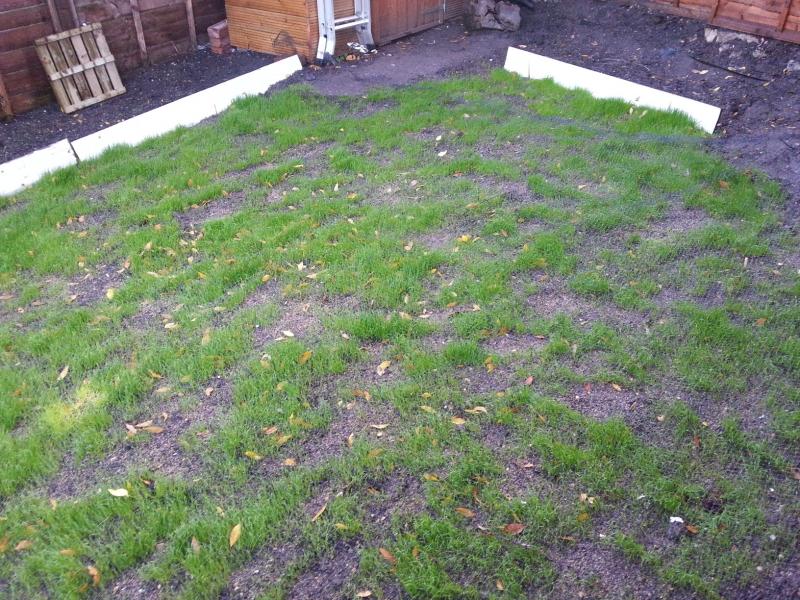Hello Forum Members,
What is the correct way to use horticultural fleece? Can I just lay it on the ground and secure the sheet at the edges? Or should I fix the fleece so that it is held a few cm off the ground? (for e.g. by using pipes, timber or string tied between fence posts)
On the 1st of October I sowed grass seeds in my small (25 meter square) garden. Before sowing I prepared the soil in the recommended way and I used the correct type and quantity of grass seeds for my garden soil and aspect.
I would like to use horticultural fleece to support the tufts of grass that have appeared in many places as well as encourage the seeds to germinate where the soil is still completely bare.
Also has anybody used this product called Thermacrop? ( http://www.garden-netting.co.uk/acatalog/Thermacrop.html ) Is it any better than standard fleece?
What is the correct way to use horticultural fleece? Can I just lay it on the ground and secure the sheet at the edges? Or should I fix the fleece so that it is held a few cm off the ground? (for e.g. by using pipes, timber or string tied between fence posts)
On the 1st of October I sowed grass seeds in my small (25 meter square) garden. Before sowing I prepared the soil in the recommended way and I used the correct type and quantity of grass seeds for my garden soil and aspect.
I would like to use horticultural fleece to support the tufts of grass that have appeared in many places as well as encourage the seeds to germinate where the soil is still completely bare.
Also has anybody used this product called Thermacrop? ( http://www.garden-netting.co.uk/acatalog/Thermacrop.html ) Is it any better than standard fleece?


